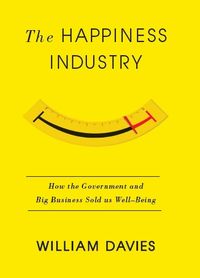Consulting firm Deloittes recently announced the merging of its occupational health and safety (OHS) and sustainability sectors in order to provide better customer services. In the article Deloittes says about the importance of workplace mental health:
“Given that one in six working age Australians live with mental illness including depression, that is costing Australian businesses at least $11 billion dollars each year, this is a growing area“.
But the source of this statement is unclear and this lack of clarity may be contributing to some of the inexactitudes in the mental health/wellbeing debate. Continue reading “Inexactitudes could lead to OHS myths”

 As the Australian Government analyses the
As the Australian Government analyses the 
